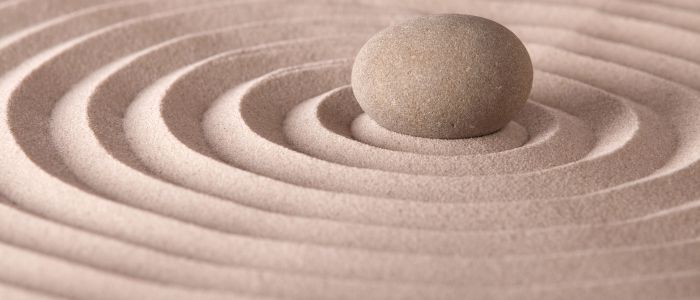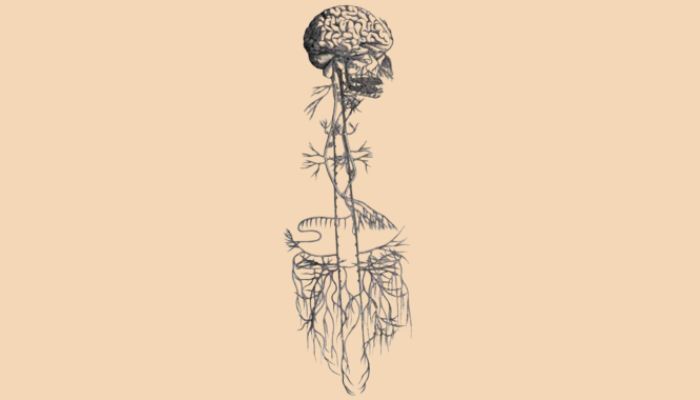What happens in Vagus, stays in Vagus
The importance of the Vagus Nerve in regulating stress.

Whether it's mindfulness, meditation, breathing practices or yoga, all these practices rely on one central core ingredient for them to be effective... Want to know what it is? Of course you do!
It's the vagus nerve.
The vagus nerve is the longest and most complex nerve in the body, originating in the brainstem and extending down to the abdomen. It is responsible for a wide range of functions, including regulating heart rate, breathing, and digestion. The vagus nerve is also involved in the parasympathetic (calming) nervous system, which helps to control the "rest and digest" response in the body.
The vagus nerve plays a key role in reducing inflammation, promoting relaxation, and improving overall wellbeing. Additionally, the vagus nerve is increasingly being studied for its potential therapeutic benefits in treating a variety of conditions, including depression, anxiety, and epilepsy.
Just like building strength and "tone" in your biceps at the gym, the vagus nerve too has a tone to it.
Vagus tone refers to the level of activity of the vagus nerve. It is an indicator of how well the body can regulate the "rest and digest" response - essentially how well your vagus nerve can pull you out of a stress response. Higher vagus tone means that the vagus nerve is more active and better able to slow down the heart rate, lower blood pressure, and reduce stress responses. This can lead to better overall health outcomes, including improved immune function, better digestion, and a reduced risk of chronic diseases.
Factors such as stress, poor sleep, and lack of exercise can all lower vagus tone, while activities like deep breathing, meditation, and socializing can help increase it.
When working with people in my workshops, courses or in the clinic, I introduce and encourage the practice of a range of techniques that have the effect of increasing vagus tone, and helping create a more calm baseline state.
But for now, I’m going to explain how you can begin practicing Deep Diaphragmatic Breathing (DDB), a very powerful self-regulating technique that you can start practicing right away to begin building tone into your vagus nerve and improve your body's ability to regulate your stress response... because we all know stress is bad for us don't we? And it's when the body gets trapped in a chronic persistent stress response that the body and its systems start to fail us.
The Vagus Nerve

Now, before you start, take a look at the image of the vagus nerve above. Notice where the nerve endings of the vagus nerve are - the gut and diaphragm. THIS is why you breathe into your belly as all the yoga teachers tell us to. With Deep Diaphragmatic Breathing, you focus on a slow, extended exhale and on the inhale, breathe in through your nose. Aim to count your in and out breaths - 5 seconds in, 8 seconds out. As you breathe in through your nose for the 5 count, allow your belly to poke out. This may feel a little odd to begin with if you are not used to breathing this way. Really try to connect with the breath as you do this - feel the breath and all its nuances. Notice how it feels coming in through your nostrils. Notice your lungs filling, your belly expanding.
On the exhale, slow the out-breath right down and drag it out for a count of around 8 seconds - the longer and slower the better - play with this. As long as the out-breath is longer and slower than the in-breath you are doing it right. Keep working on getting a longer, deeper and slower breath as you practice,
You can dedicate time in your day (10 - 20 mins once or twice a day) to sit down and do this (eyes open or closed), or, you can incorporate it into your days (with eyes open obviously!) - whilst driving, cleaning, working or playing with kids etc.
Try this for 7 days and notice how you feel in response to usually stressful situations.
Eddie Enever
Adv.Dip. (Nat)
Eddie's main area of interest is in chronic disease, particularly people with a diagnosis of cancer. After defeating cancer three times, Edward now uses his skills and experience to guide patients through their journey with cancer and other chronic illnesses.








